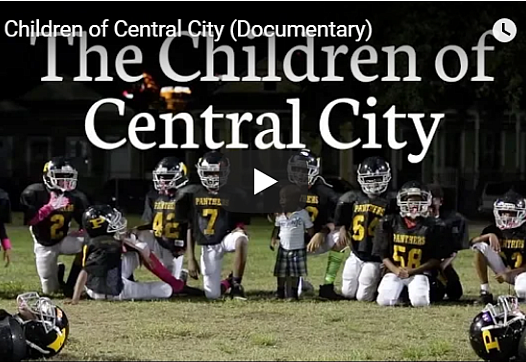
This article was produced as a project for the Dennis A. Hunt Fund for Health Journalism, a program of the USC Annenberg Center for Health Journalism.

This article was produced as a project for the Dennis A. Hunt Fund for Health Journalism, a program of the USC Annenberg Center for Health Journalism.
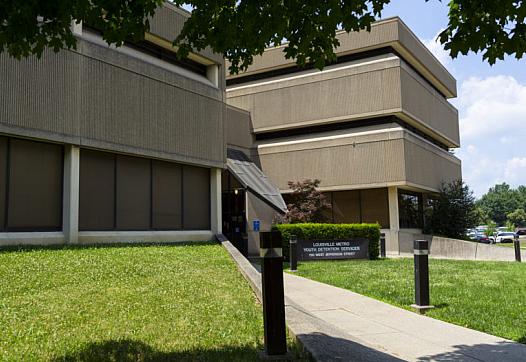
Black youth are less than 27 percent of Louisville’s youth population, but they represented more than 75 percent of the youth bookings in Louisville’s secure detention center last year.
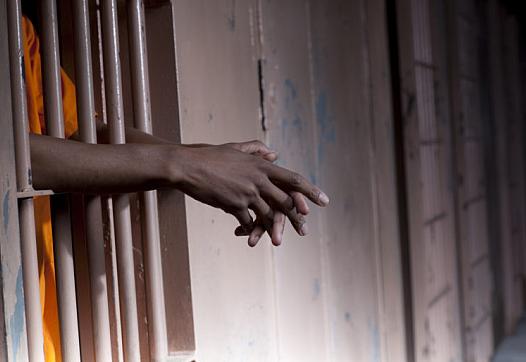
When a youth is accused of a crime in Kentucky, an adult has to make a choice in nearly every step that follows. And a disproportionate number of the youth denied a second chance are black.
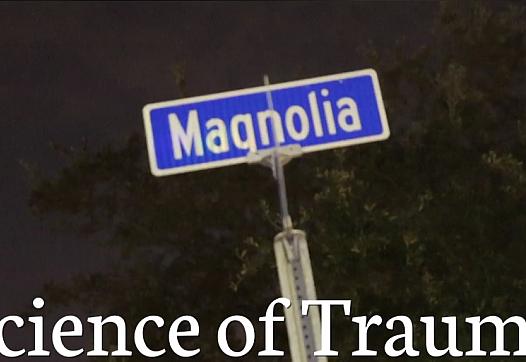
Traumatized children often have difficulties with anger management, impulse control and the processing and retention of information.
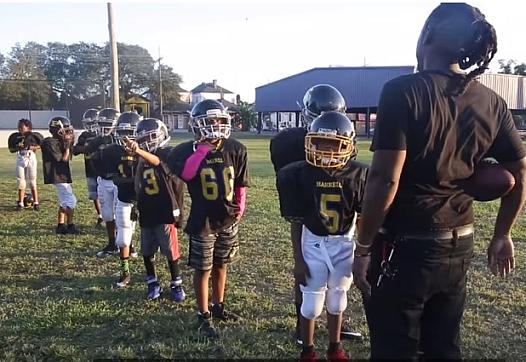
The special report by Jonathan Bullington and Richard Webster provides an in-depth look at the impact of growing up surrounded by violence in one of New Orleans' most culturally significant and crime-riddled neighborhoods.
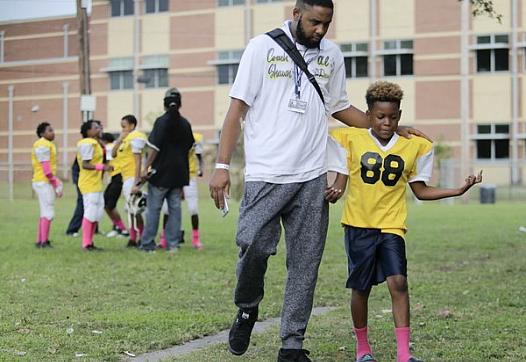
This article was produced as a project for the Dennis A. Hunt Fund for Health Journalism, a program of the USC Annenberg Center for Health Journalism.
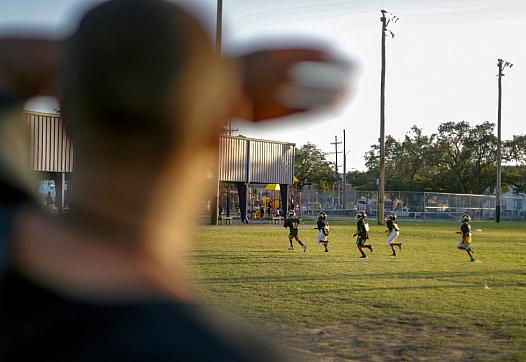
For the young boys on the New Orleans' Davis Park football team, it’s not a matter of if they’ve been exposed to violence — it’s how often.
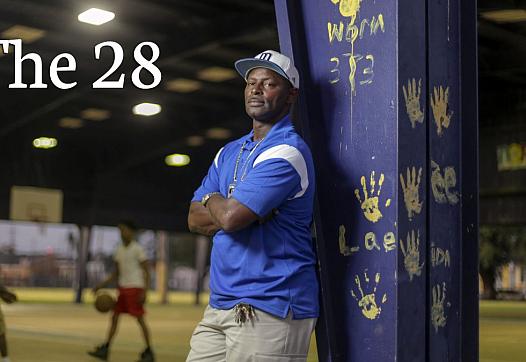
Twenty-eight former Panthers players were killed in a 14-year span in New Orleans. Former coach Jerome Temple is trying to halt the deaths.
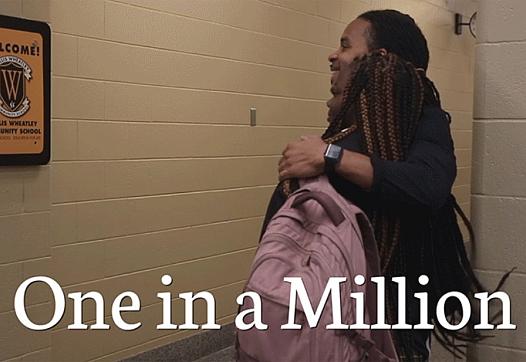
From prison to the classroom: a former Panther’s tale of trauma and redemption.